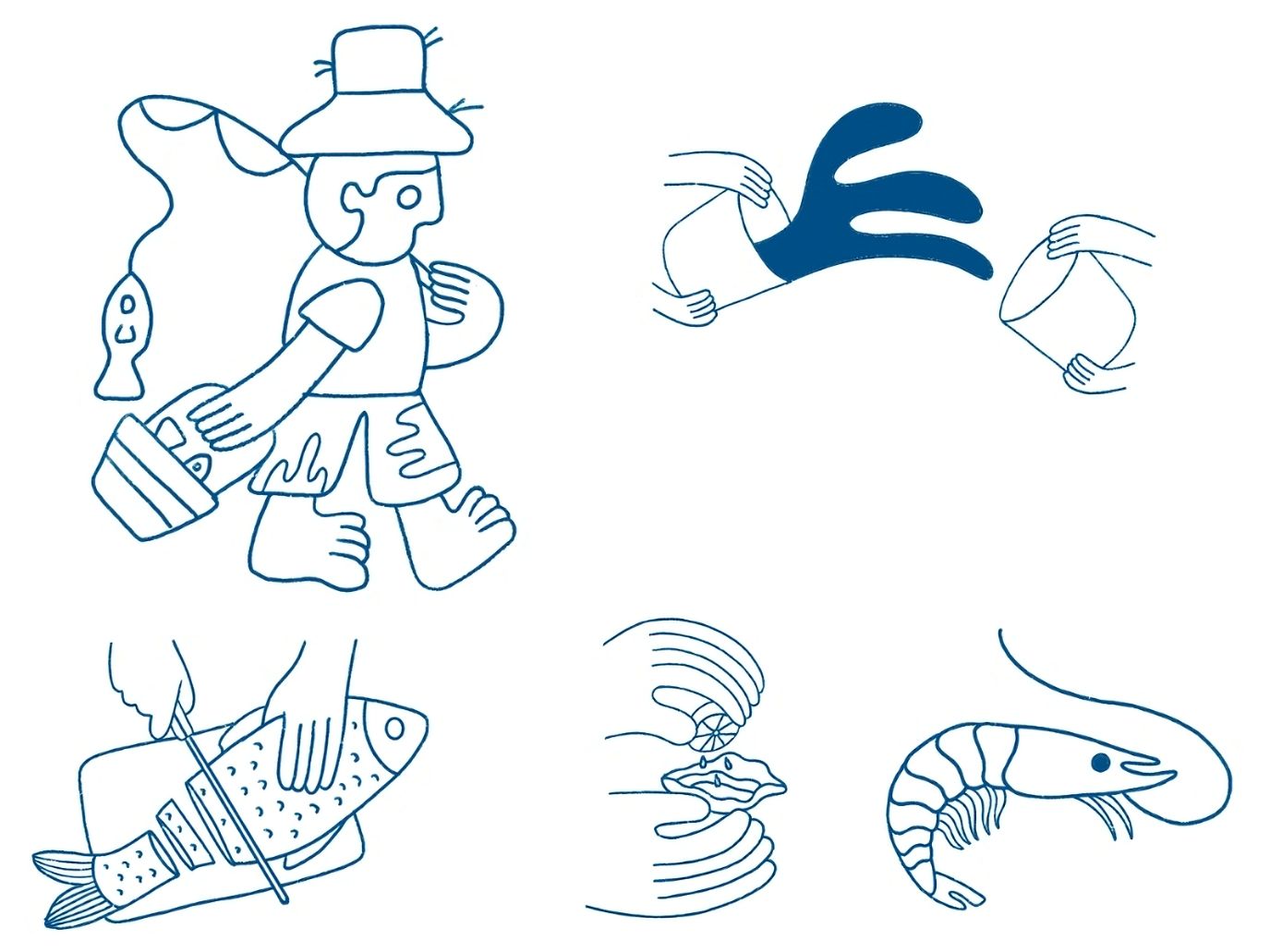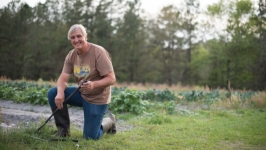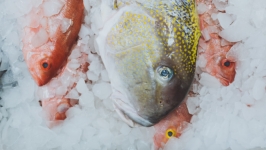Water, A Vital Natural Resource
Floridians have a well-documented love/hate relationship with water. After all, we’re surrounded by it; the Atlantic Ocean brings warm, temperate weather to our peninsula – that is, when it’s not delivering a hurricane or slowly rising into our homes. Not to be outdone, our inland waters provided their own challenges to our forebears. Well into the 1920s, much of the land south of Palatka was considered nearly uninhabitable, the headwaters of the St. Johns River being the terminal point of civilization. This was due in large part to the marshes and wetlands blanketing the state. The nutrient-rich soil and favorable weather would be perfect for agriculture, were the ground not perpetually submerged in an endless river of grass.
Today, of course, the landscape has changed. Development has drained many marshes and Florida’s water, while plentiful, is a little less omnipresent than it once was. Farms, homes and commercial developments now sit upon much of the land that was once underwater. With climate change affecting water systems worldwide, it seems we are being forced to relearn the value of our waterways. Colorado’s disappearing rivers certainly make a case for appreciating and conserving what remains of our own.
Here in Northeast Florida, the St. Johns River and its many creeks and tributaries face increasing salinity, a greater tidal range and nutrient pollution. Folks who live on or around the river must contend with encroaching shorelines and historical fishing grounds yielding fewer catches. The risks facing our waterways in turn affect our “blue foods” – animals, plants and algae harvested from freshwater and marine environments. Such food is a major source of protein to over 3.2 billion people worldwide, not to mention a key economic driver here in Florida.
Floridians across the state rely on the health of our waterways for recreation, commercial fishing and harvesting, and irrigating our many farms. While the amount of water we use for drinking, cooking, watering our lawns and filling our pools still outpaces that which we use on our farms, agriculture is the second largest consumer of freshwater in Florida. The St. Johns River Water Management District reports that in 2021, public supply accounted for 56% of our total freshwater use – almost 570 million gallons per day. Measuring around 210 million gallons daily, agriculture’s freshwater consumption comes in second place at 21% of total use. When our water sources aren’t overused and the rain falls as it should, the natural water cycle purifies and replenishes the groundwater that in turn feeds our springs, long considered the crown jewels of our state.
Early tourist guides commonly described Florida’s springs as shrines, temples or havens – places where not only your health but your spirit could be restored. Perhaps more critically, our springs provide a crucial source of fresh drinking water and restore the health and balance of our surface waterways. Over 100 springs account for 30% of the freshwater flow to the St. Johns River, balancing the effects of saltwater intrusion as a result of dredging. A saltier river means aquatic plants cannot grow, freshwater fish can no longer thrive in their historic ranges and food sources for both humans and animals face a cascading collapse. The cleansing flow of Florida’s springs also helps mitigate nitrate pollution. In moderation, nitrates give us our green lawns and flowering gardens. Too much of it and we face toxic algae blooms as a result of groundwater over-pumping, fertilizers, animal waste and poorly treated sewage.
Fortunately, in the face of these challenges there are organizations that work on behalf of Floridians to best manage, monitor and protect these resources for the public good. The St. Johns Riverkeeper was founded in 1999 to defend the river’s watershed and advocate for its protection. Additionally, soil and water conservation districts implement and facilitate programs and projects that promote natural resource conservation. The St. Johns River Water Management District’s mission encompasses this along with a more specific focus on ensuring sustainable water use in Florida. They do this by monitoring and regulating water quality and supply, as well as implementing flood protection and stewardship of natural systems. Together, these organizations provide a voice for not just our waterways but the people who rely on them. It is more important now than ever that we appreciate the immediacy of the issues facing our waterways today. Our water is a public good, making the abundance of our daily lives possible.










